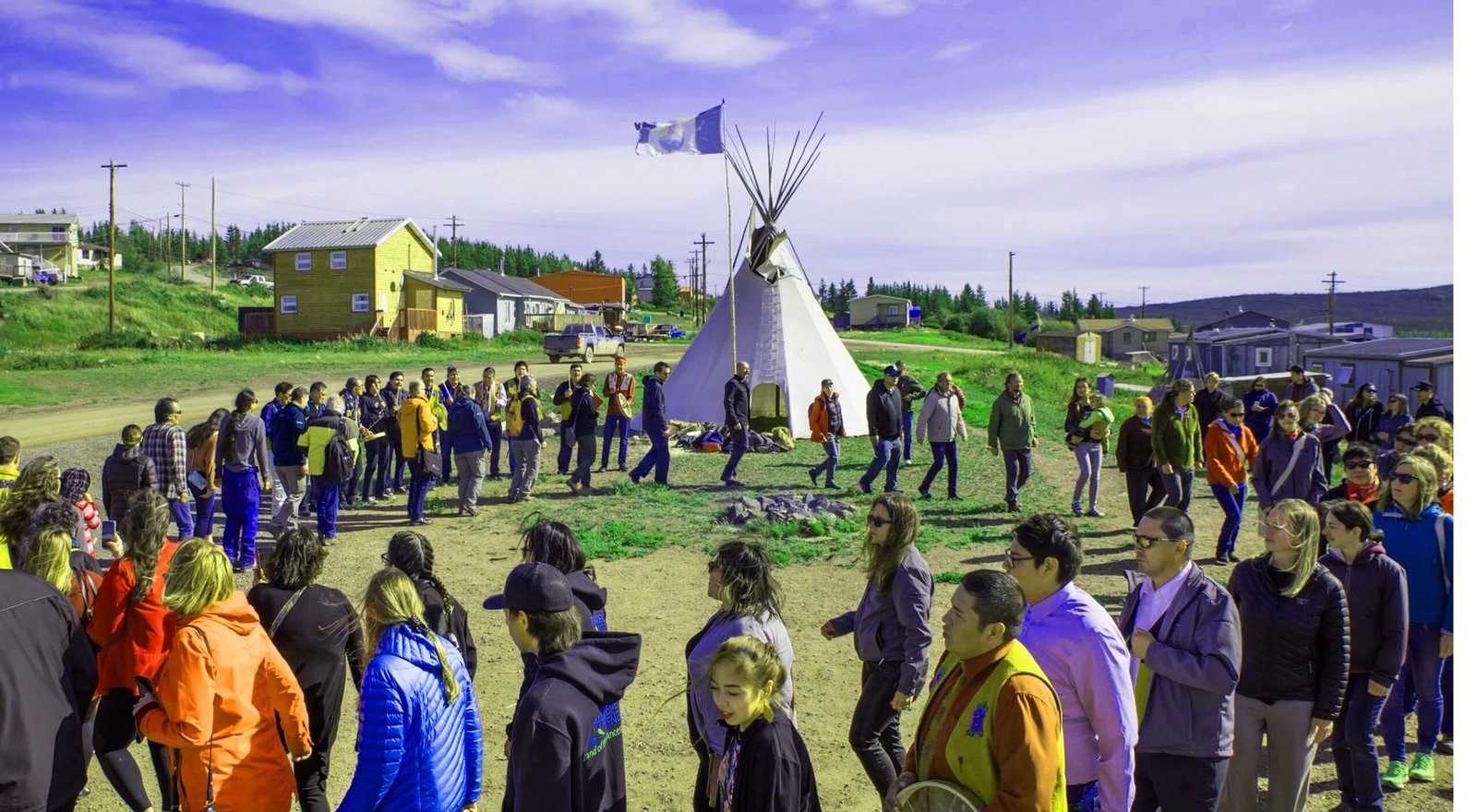Indigenous Rights and Cultural Preservation Laws

Indigenous rights and cultural preservation laws are a cornerstone of justice and diversity, safeguarding the heritage, traditions, and lands of Indigenous communities across the globe. These rights, deeply rooted in historical injustices and a long struggle for recognition, hold the key to the preservation of unique cultures and the empowerment of Indigenous peoples. In this introductory paragraph, we embark on a journey to delve into the significance and challenges surrounding Indigenous rights and the legal measures in place to protect their cultural identity.
Contents
- 1 Understanding Indigenous Rights
- 2 Historical Context of Indigenous Rights
- 3 International Perspectives on Indigenous Rights
- 4 Indigenous Cultural Preservation Laws
- 5 Importance of Cultural Preservation
- 6 The Role of Government and Indigenous Communities
- 7 Challenges in Implementing Cultural Preservation Laws
- 8 Success Stories in Indigenous Cultural Preservation
- 9 The Intersection of Indigenous Rights and Environmental Protection
- 10 Conclusion
- 11 FAQ
Understanding Indigenous Rights
Indigenous rights refer to the inherent rights of Indigenous peoples to their culture, traditions, and lands. These rights encompass various aspects, including self-determination, language, spirituality, and customary law. Indigenous communities often struggle against historical injustices, such as land dispossession, forced assimilation, and discrimination.
Historical Context of Indigenous Rights
A historical overview is crucial to understanding the evolution of Indigenous rights. For centuries, Indigenous peoples across the globe have faced oppression, colonization, and the suppression of their cultural heritage. The legacy of these injustices continues to affect Indigenous communities today.
International Perspectives on Indigenous Rights
International bodies like the United Nations have recognized the need to protect Indigenous rights. The UN Declaration on the Rights of Indigenous Peoples (UNDRIP) is a milestone in this regard. It acknowledges the rights of Indigenous peoples to self-determination, cultural preservation, and participation in decision-making processes.
Indigenous Cultural Preservation Laws
Cultural preservation laws are vital in safeguarding the rich cultural heritage of Indigenous communities. These laws protect sacred sites, traditional knowledge, and artistic expressions, preventing their exploitation or misappropriation.
Importance of Cultural Preservation
The preservation of Indigenous culture is essential not only for the well-being of Indigenous communities but for the diversity and richness it adds to the world’s cultural tapestry. Indigenous art, music, and knowledge have unique value.
The Role of Government and Indigenous Communities
Collaboration between governments and Indigenous communities is essential for the effective implementation of cultural preservation laws. Indigenous peoples should have a say in the development and implementation of these laws.
Challenges in Implementing Cultural Preservation Laws
While the intent behind cultural preservation laws is commendable, their execution often faces obstacles. These challenges range from insufficient resources to cultural insensitivity in policy-making.
Read More: What Is Employment Law: A Complete Guide
Success Stories in Indigenous Cultural Preservation
Amidst the challenges faced in preserving Indigenous cultures, there are also inspiring success stories that offer rays of hope. These stories highlight the resilience, determination, and creative strategies employed by Indigenous communities to safeguard their cultural heritage.
From language revitalization initiatives to the revival of traditional art forms, Indigenous success stories demonstrate the power of community-driven efforts and the positive outcomes of cultural preservation. These examples not only celebrate the rich diversity of Indigenous cultures but also serve as a testament to the importance of acknowledging and supporting their rights and traditions.
The Intersection of Indigenous Rights and Environmental Protection
The intersection of Indigenous rights and environmental protection is a dynamic and vital field where cultural heritage meets ecological stewardship. Indigenous lands often house unique ecosystems and natural resources, making Indigenous communities critical guardians of the environment. Their traditional knowledge and sustainable practices have proven invaluable in preserving the delicate balance of these ecosystems.
This intersection not only underscores the intrinsic connection between culture and the environment but also highlights the role Indigenous peoples play in the broader global effort to mitigate environmental challenges and combat climate change. By recognizing and respecting Indigenous rights, we not only protect their cultural heritage but also foster sustainable practices that benefit us all.
Read More: What Other Cities Can Learn From Philly’s Bike Culture (2023)
Conclusion
In conclusion, Indigenous rights and cultural preservation laws stand as beacons of hope in a world that increasingly values diversity and inclusivity. The protection of these rights and the enactment of cultural preservation laws are not just legal measures; they are profound acknowledgments of the intrinsic worth of Indigenous cultures and the critical need to redress historical wrongs.
As we reflect on the journey from oppression to recognition, it becomes evident that the global community shares a collective responsibility to ensure the continued flourishing of Indigenous traditions and identities. These laws pave the way for a more inclusive, just, and culturally rich world, where the tapestry of humanity is woven with the vibrant threads of Indigenous heritage.
FAQ
What are Indigenous rights?
Indigenous rights refer to the inherent rights of Indigenous peoples to their culture, traditions, and lands.
Why are cultural preservation laws important?
Cultural preservation laws are crucial in safeguarding the cultural heritage of Indigenous communities and preventing exploitation.
What is the UN Declaration on the Rights of Indigenous Peoples (UNDRIP)?
UNDRIP is a landmark declaration that acknowledges the rights of Indigenous peoples to self-determination, cultural preservation, and participation in decision-making processes.
What challenges do cultural preservation laws face?
Challenges in implementing cultural preservation laws include insufficient resources and cultural insensitivity in policy-making.
How do Indigenous rights relate to environmental protection?
Indigenous lands are often ecologically significant, and the intersection of Indigenous rights and environmental protection is explored to maintain the delicate balance between culture and the environment.


